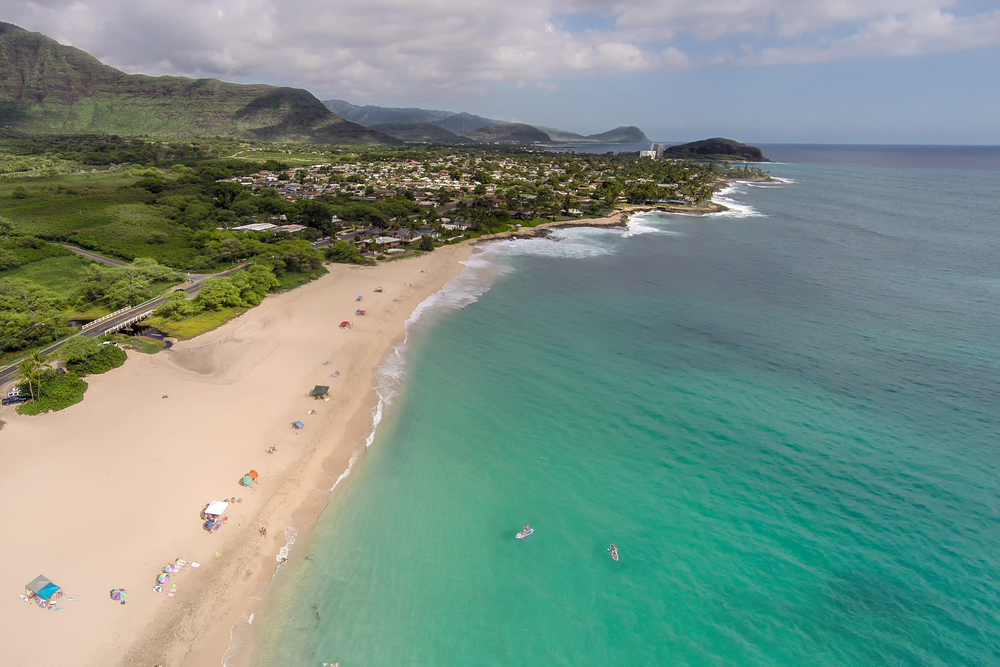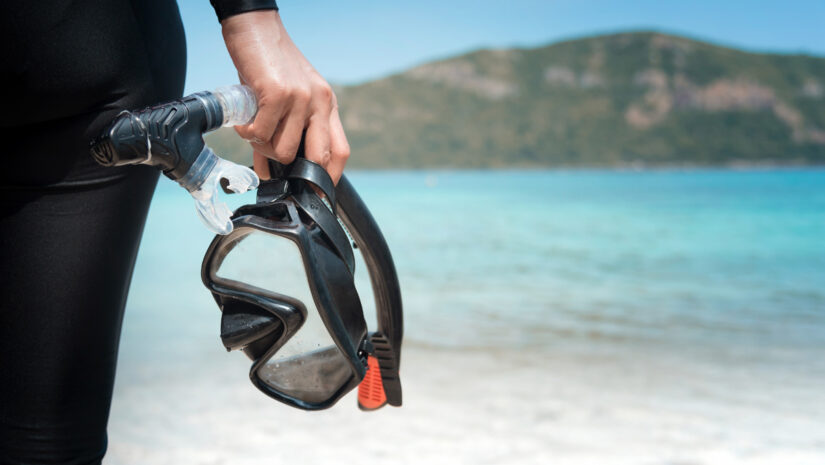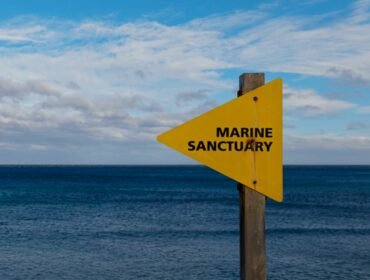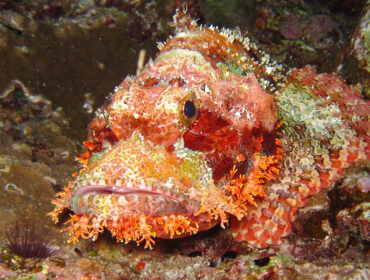You don’t have to speak Spanish or live anywhere near a Latin community to hear the phrases “El Nino” and “La Nina” in your daily life. Besides learning that they mean “the boy” and “the girl,” respectively, most people have come to understand what these words mean: they are weather patterns that affect the entire globe and its inhabitants. For good reason, then, we should closely examine what these systems entail to better prepare ourselves for what is to come.
What is El Nino?

El Nino is the name for a period of time when ocean surface temperatures are warmer and atmospheric pressure is lower. This results in higher-than-average precipitation in regions that would typically be more arid and drought in areas that would normally receive plenty of rainfall. The change in air pressure creates winds that usually regulate ocean temperatures and weather patterns.
In a regular climate pattern, strong winds from the east blow over the Pacific, pushing the warmer waters further out to sea. During an El Niño period, lower air pressure weakens the winds, causing warm waters to flow down the western Pacific coastlines instead of pushing out and circulating in their regular pattern.
What is La Nina?
A La Nina pattern presents the opposite conditions. Ocean surface temperatures are colder, and atmospheric pressure is higher, resulting in higher-than-average precipitation in climates that typically see little rainfall and lower precipitation in areas acclimated to moisture. The disparity is because the air is drier due to elevated atmospheric pressure, and winds have increased in strength, pushing moisture into areas that commonly don’t receive as much precipitation.
Both weather patterns produce dramatic events across the earth, many of which devastate all forms of life. Food crop cycles are disrupted, commercial fishing practices are halted, and violent storms destroy communities and entire cities.

When warmer waters prevail, they inhibit cold water that is rich in nutrients from welling to the upper layer of ocean waters where it can feed various forms of marine life, thereby perpetuating the food chain and life cycle of the sea. No food, no fish; no fish, no food.
When colder temperatures are the governing force, persistent rain and snowfall contribute to heavy flooding and the inability of plants to begin their normal germination process. These systems diminish crops and directly hit the food supply. And these are only a few of the ways they affect the whole planet.
Why El Nino and La Nina Matters to Divers
You will no doubt observe the visible effects of each pattern during your dives. The warm waters of El Nino directly contribute to coral bleaching and dwindling numbers of sea life in tropical regions. As the La Nina system is partly created by the cold ocean temperature, sea life becomes more abundant with the influx of nutrients. Diving will still be enjoyable in La Nina years; remember to pack your drysuit!
Have you noticed any differences in your dives between El Nino and La Nina episodes?





